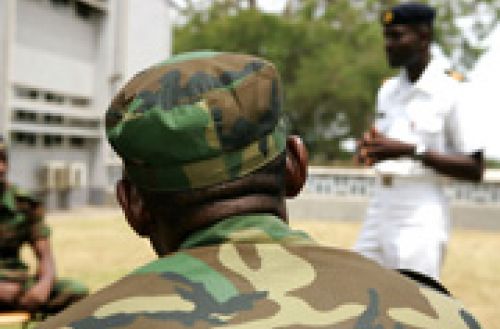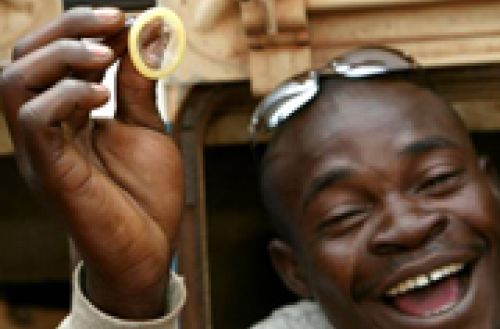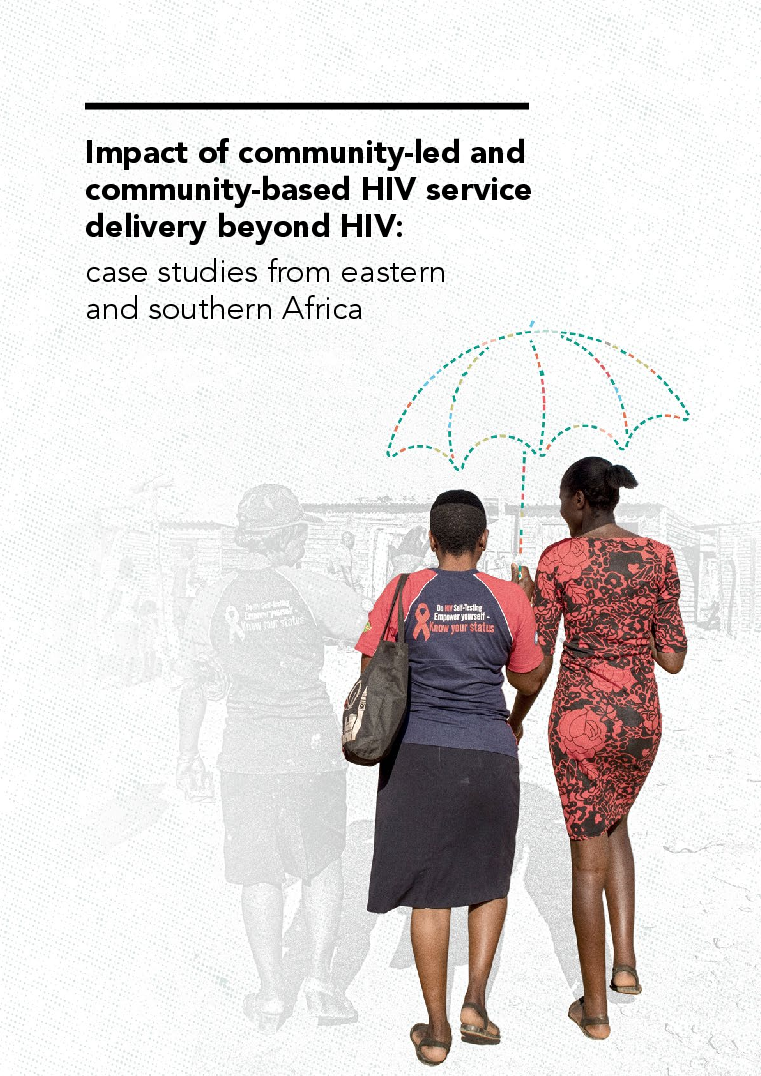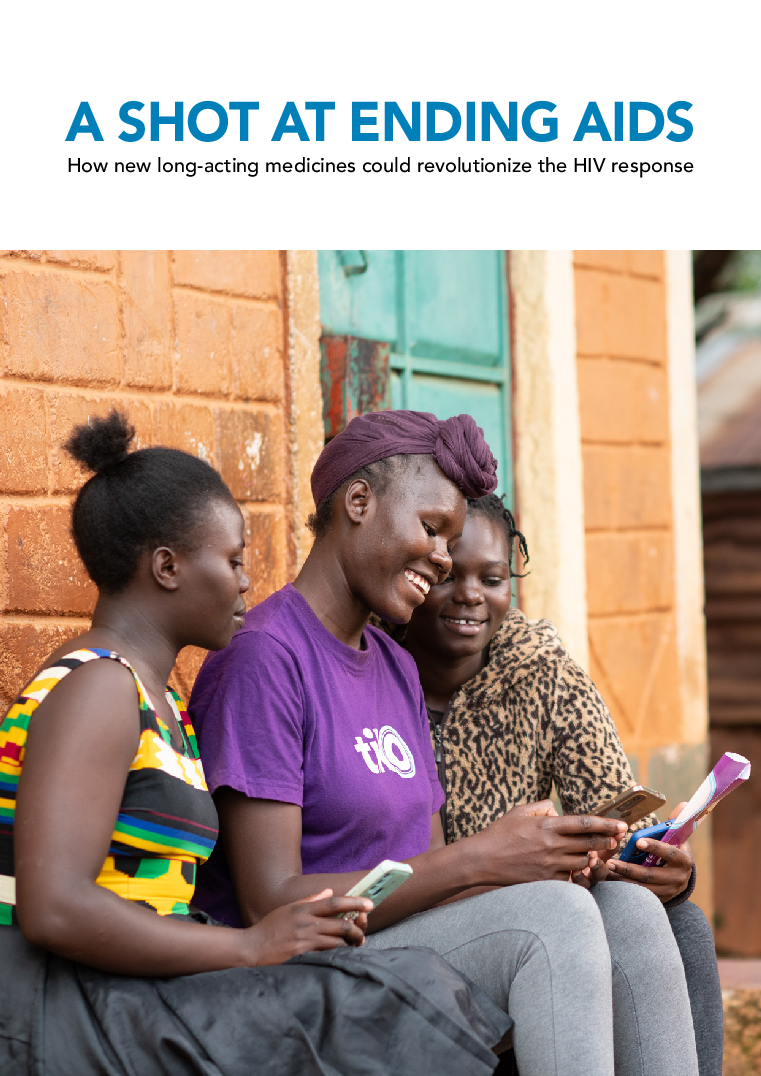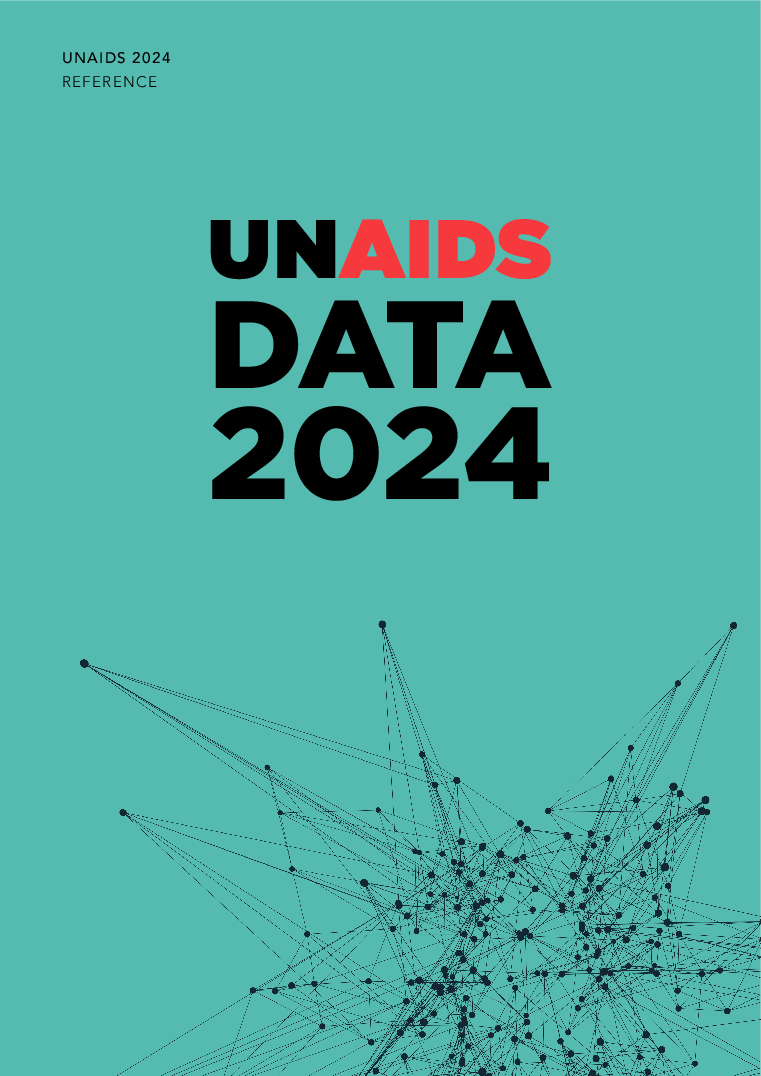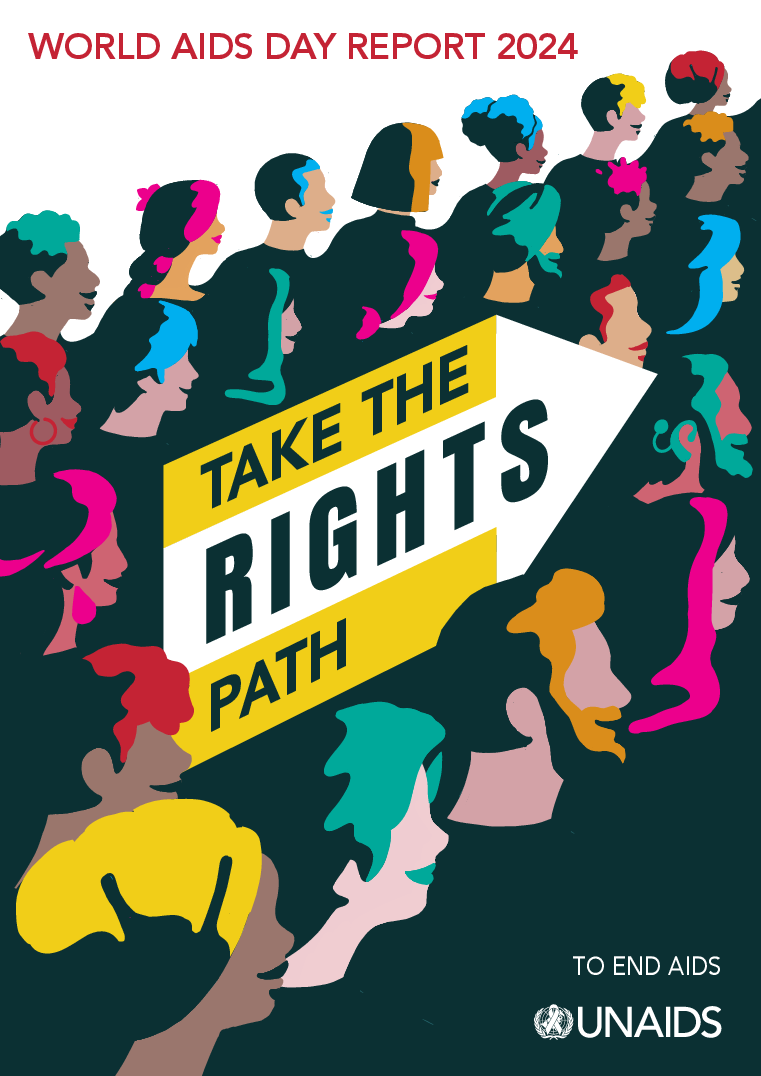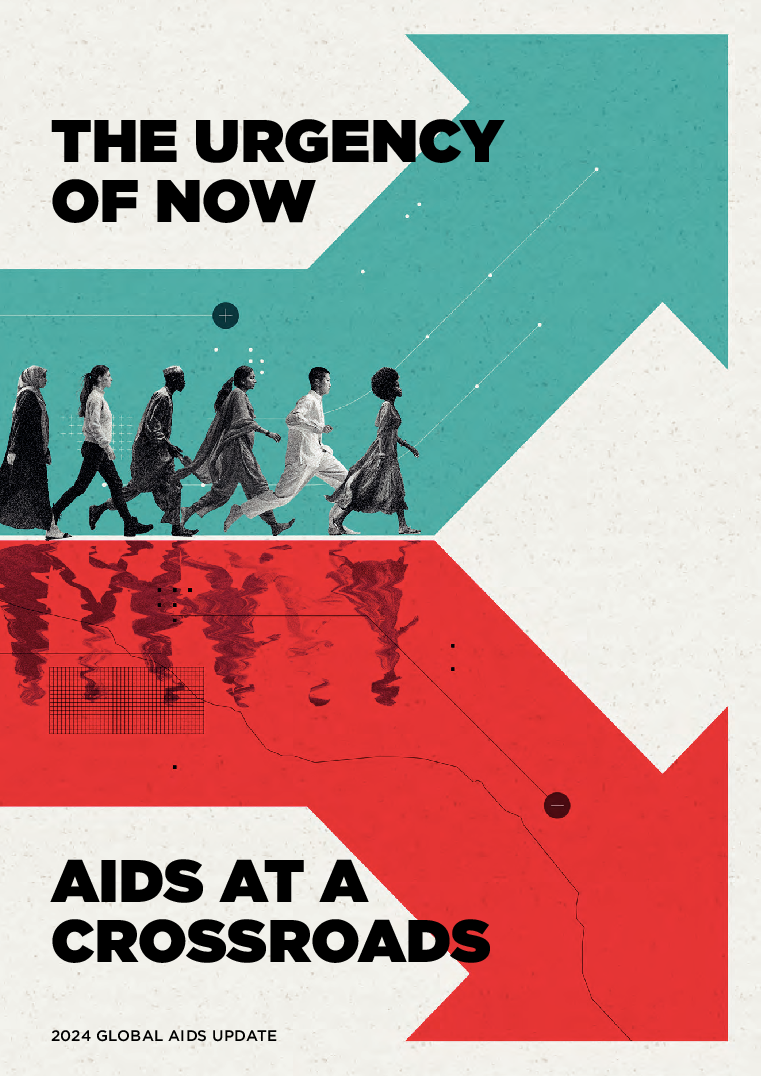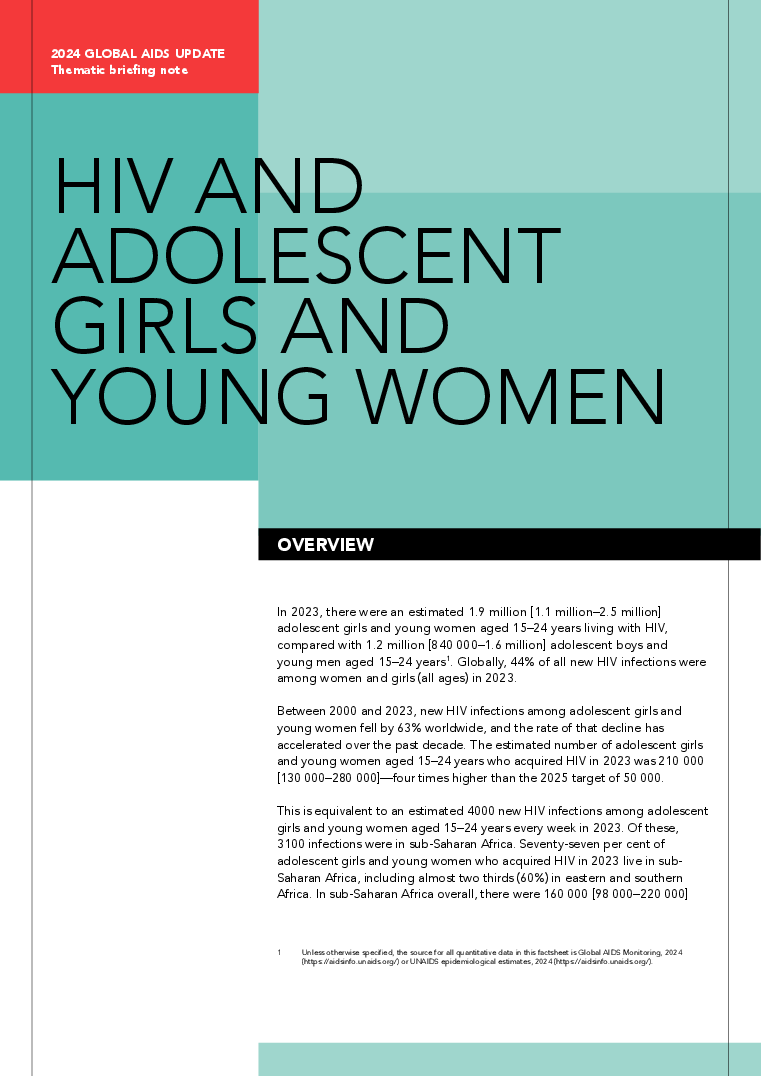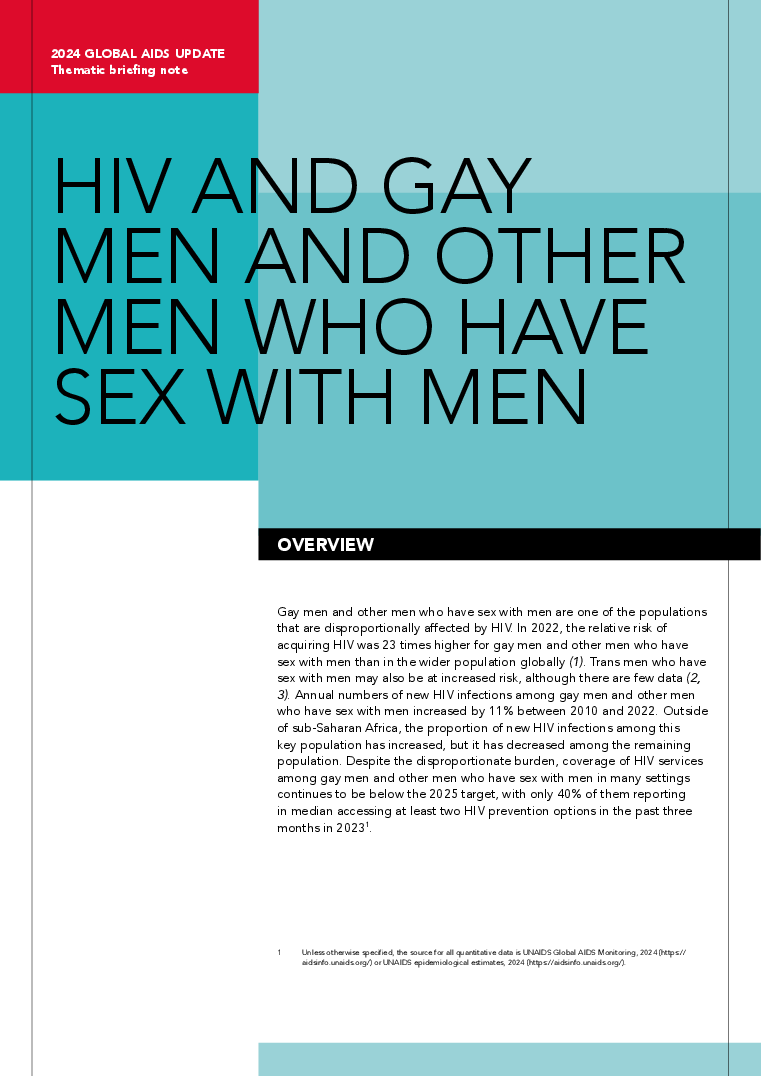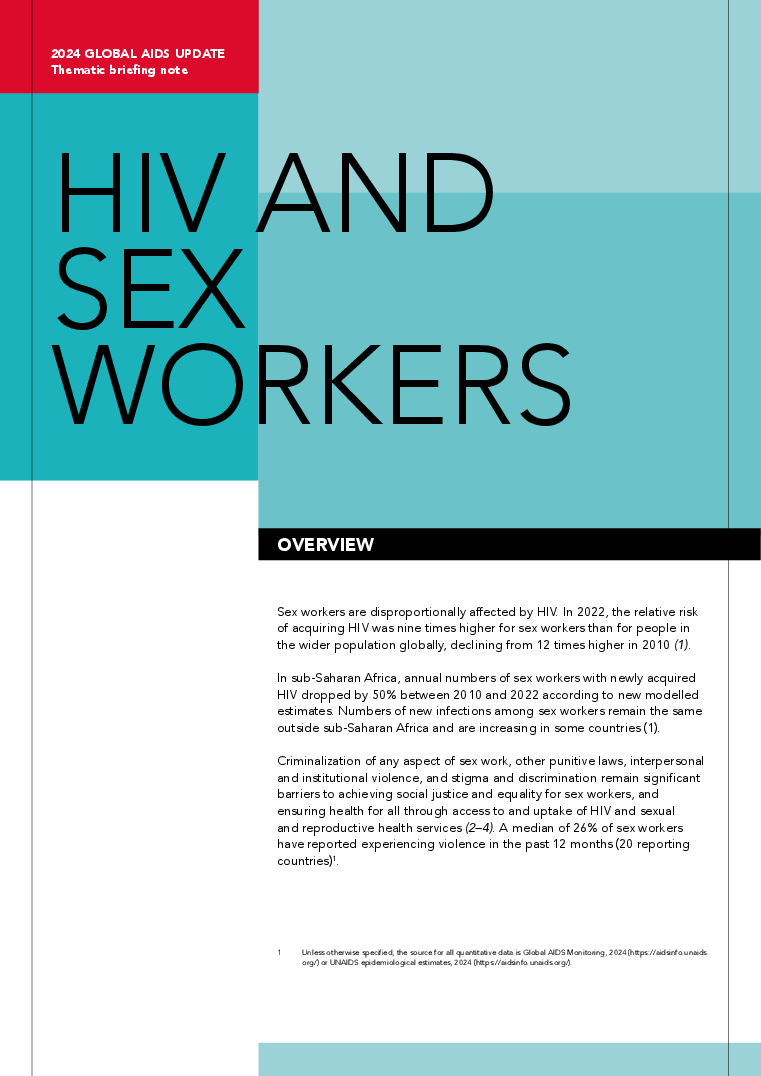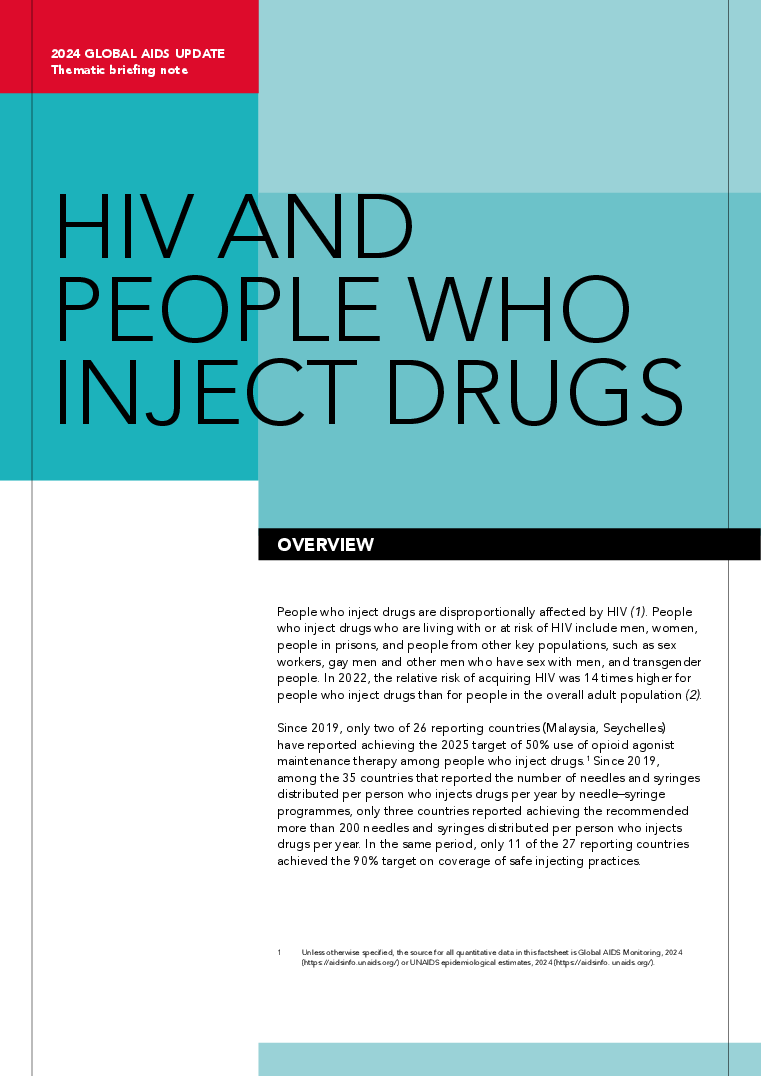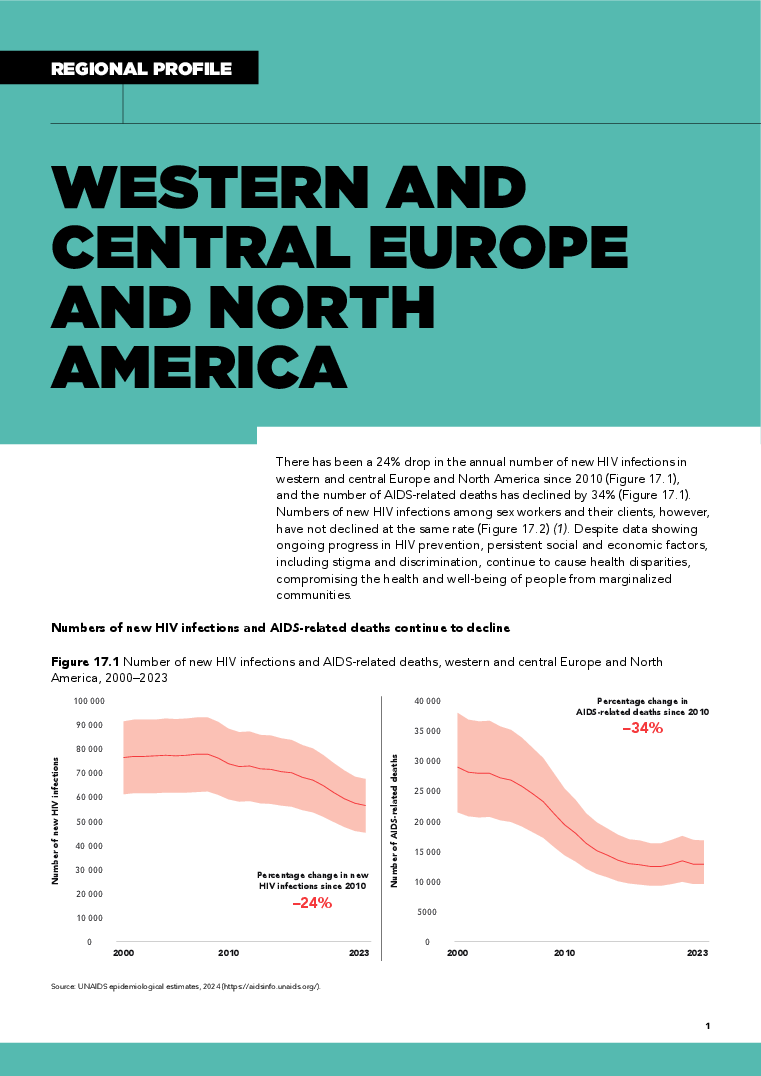
“Who will protect our young people?”
Noncedo Khumalo grew up in a country with one of the highest HIV prevalence rates in the world, Eswatini—a country landlocked between South Africa and Mozambique. The 24-year-old has overcome her fair share of difficult times to make ends meet. The recent US funding cuts have now put her future in question.
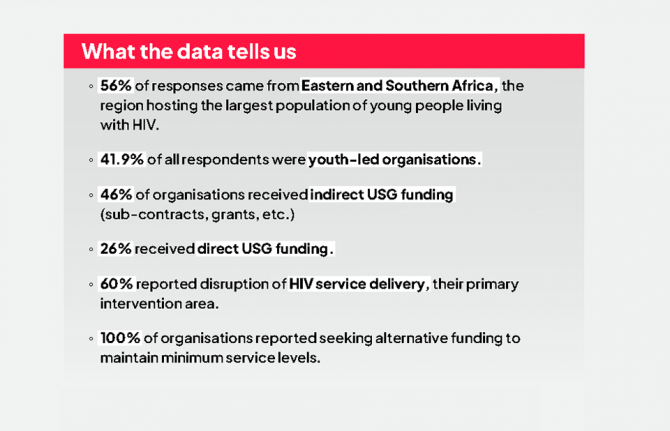
An urgent call to support youth-led organizations
The survey also warns about the abrupt policy changes occurring as a consequence, including the integration of HIV-specific clinics into general health systems, and the surge of restrictive laws targeting organizations working on gender, diversity, and sexual and reproductive health and rights, using the term “foreign agent” to criminalize their work. These changes are causing the collapse of service delivery models and increased barriers to youth-led organizations, further reducing…
Global leaders convene to accelerate access to long-acting HIV prevention technologies amidst funding cuts
The global response to HIV has reached a crucial juncture. Groundbreaking scientific advances, including the development of long-acting HIV prevention technologies like lenacapavir and cabotegravir, offer a transformative opportunity to curb the epidemic.
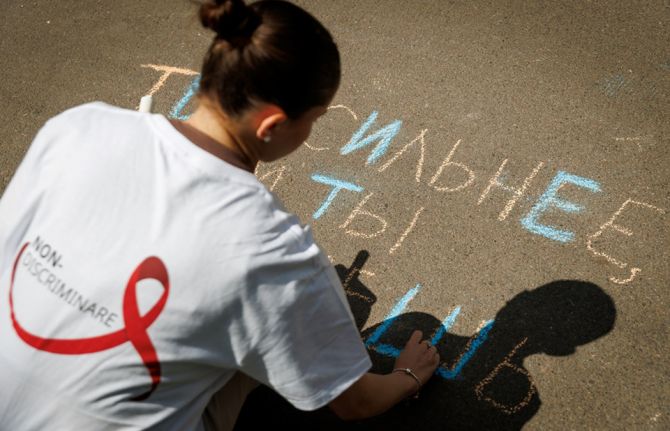
Towards stigma-free healthcare for people living with HIV in Moldova
In the heart of Chișinău, Moldova, medical students, healthcare workers, civil society members, and representatives of the international community took a symbolic step toward a more inclusive, respectful, and stigma-free health system.
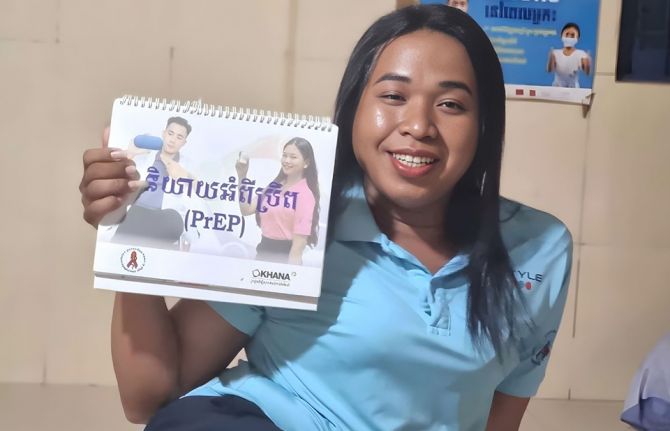
HIV is increasing among men who have sex with men in Cambodia; One organization is trying to turn the tide
Chhum Vy, an outreach worker for Men’s Health Cambodia (MHC), lives in Steung Meanchey, a low-income neighborhood in southern Phnom Penh. She has converted her rental house into a makeshift community centre for gay and transgender people who live in the area. To get there you pass through a Buddhist temple compound, then head down narrow streets, just wide enough for a motorbike.

UNAIDS stands in solidarity with LGBTQI+ communities
GENEVA, 16 May 2025–Ahead of International day against Homophobia, Biphobia and Transphobia (IDAHOBIT), May 17, UNAIDS stands in solidarity with LGBTQI+ communities. Despite gains in the HIV response, LGBTQI+ communities continue to be left behind. While new HIV infections have dropped 35% among adults globally since 2010, they have risen by 11% among gay men and by 3% among trans people. Stigma, discrimination and criminalization, as well as restrictions on the ability for community…

Championing the cause of women living with HIV in Cambodia
Em Ra disappears into the house twice, slipping past the shrine of flowers and incense by the front door. First, she brings out an old HIV magazine. She flips to a page of a small child, sitting on the back seat of a bike, looking straight into the camera. Next, she emerges with two framed photographs from a recent university graduation.
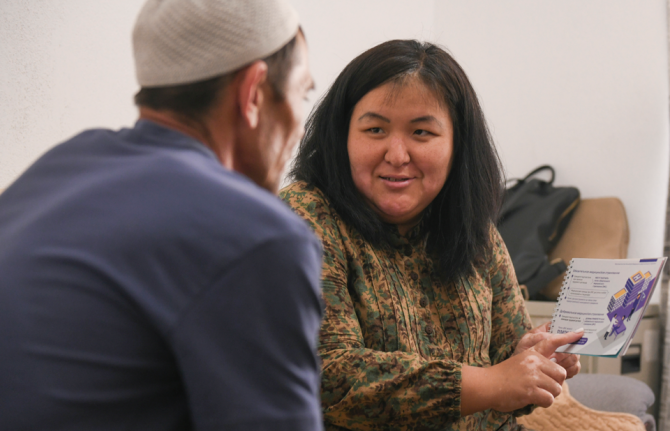
Community-led HIV services under threat: global networks and UNAIDS track the impacts of the US funding cuts
Two new key population-led reports, one by Global Black Gay Men Connect (GBGMC) and another by the International Network of People Who Use Drugs (INPUD), document the consequences of the US President’s Executive Order in January 2025 which froze all US foreign assistance.

HIV services and social reintegration programmes for prisoners and newly released detainees in Kyrgyzstan at risk of collapse
As of April 1, 2025, Kyrgyzstan has reported 14,609 cases of HIV. Of these, 61.8% were transmitted sexually and 27.8% through injection drug use. HIV is increasingly being detected among people outside of traditional key populations — a sign of the epidemic’s broader spread in the country.
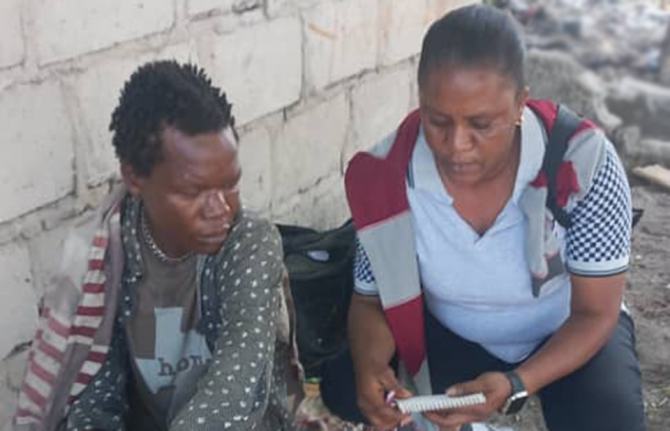
US foreign aid cuts puts the lives of people who use drugs at risk
Godfrey Swai is shaken. Since the end of January, the US aid funding cuts have meant that he can only afford for his staff to work a couple of hours twice a week compared to a full five days.

